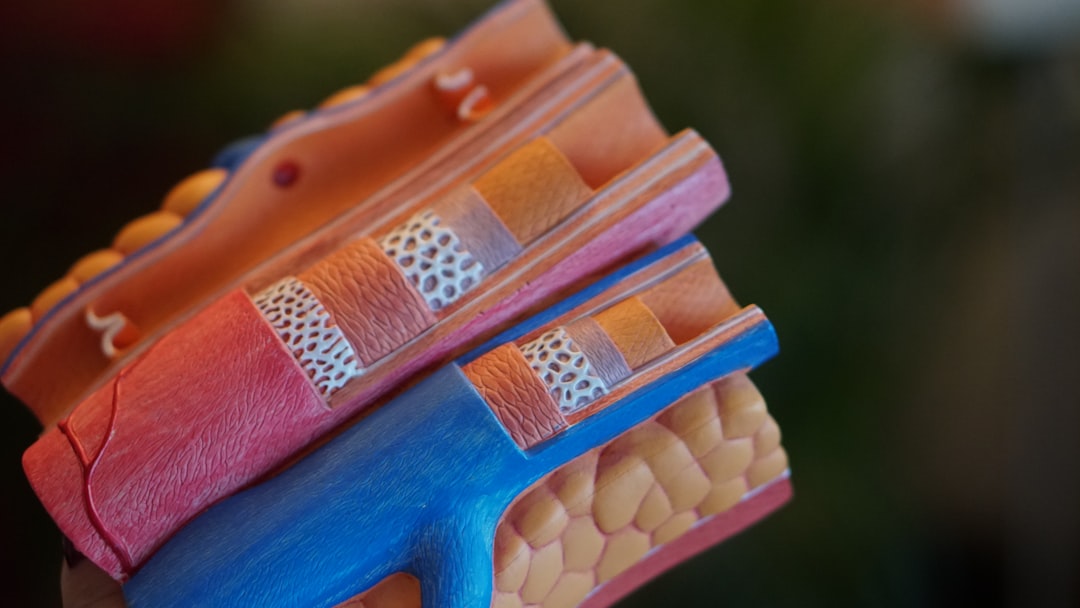What is it about?
The effects of short-term treatment with phenylurea (DCMU, isoproturon) and phenol-type (ioxynil) herbicides on the green alga Chlorella kessleri and the cyanobacterium Synechocystis salina with different organization of photosystem II (PSII) were investigated using Pulse Amplitude Modulated (PAM) chlorophyll fluorescence and photosynthetic oxygen evolution measured by polarographic oxygen electrodes (Clark-type and Joliot-type).
Featured Image
Why is it important?
This study suggests that the herbicides affect not only the acceptor side, but also the donor side of PSII by modifications of the Mn cluster of the oxygen-evolving complex. We propose that one of the reasons for the different PSII inhibition caused by herbicides is their influence in a different extent on the kinetic parameters of the oxygen-evolving reactions (the initial S0-S1 state distribution, the amount of blocked centers SB, the turnover time of Si states, misses and double hits).
Perspectives
The relationship between the herbicide-induced inhibition and the changes in the kinetic parameters is discussed.
Emilia Apostolova
Institute of Biophysics and Biomedical Engineering
Read the Original
This page is a summary of: Different sensitivities of photosystem II in green algae and cyanobacteria to phenylurea and phenol-type herbicides: effect on electron donor side, Zeitschrift für Naturforschung C, March 2017, De Gruyter,
DOI: 10.1515/znc-2016-0089.
You can read the full text:
Contributors
The following have contributed to this page










